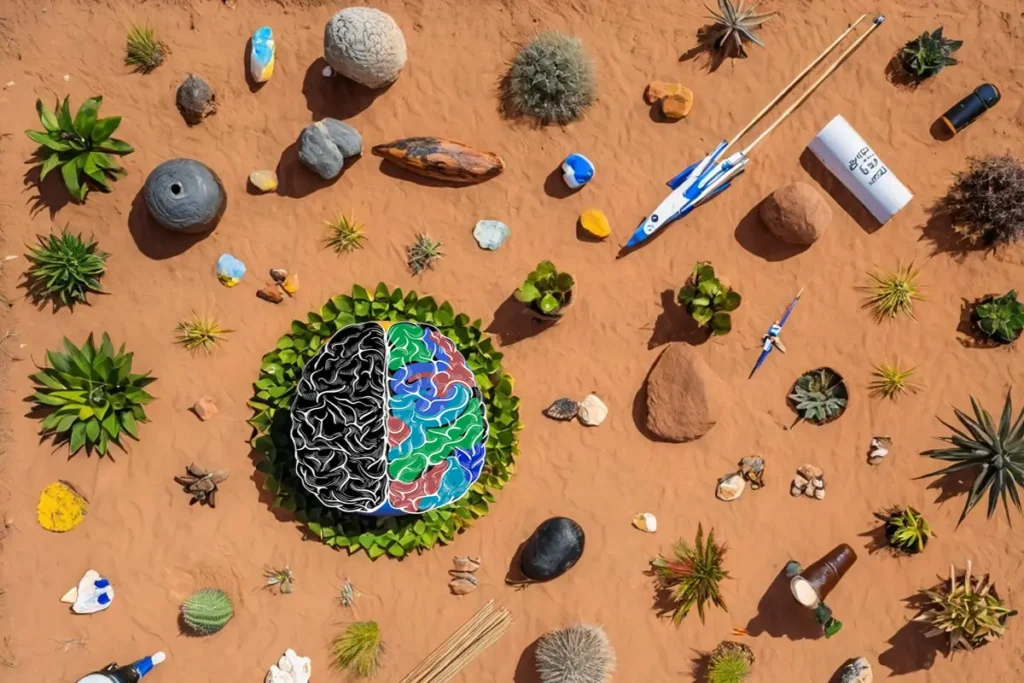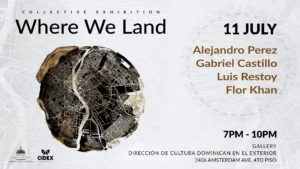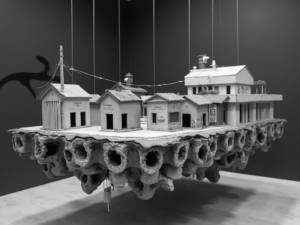By Juan Butten
On October 22, I had the honor of participating in a Zoom talk organized by the Mellon Foundation. The event, titled “Creativity and Cultures in the Borderlands,” was led by Elizabeth Alexander, president of the Mellon Foundation, and featured distinguished guests: Julián Castro, CEO of the Latino Community Foundation; Dr. Patrisia Gonzales, professor emerita at the University of Arizona and advisor to the Indigenous Alliance Without Borders; and Cristina Ibarra, filmmaker and co-founder of Borderlands Studios.
During the talk, we explored the fascinating topic of how borderlands are spaces where diverse cultures, traditions, and ways of life converge. This confluence not only enriches the cultural fabric but also fosters a flourishing of creativity. Borders—whether geographical, political, or cultural—become places of encounter and dialogue. For example, the blend of Mexican and Anglo-Saxon cultures on the Mexico-U.S. border has given rise to a rich artistic heritage.
Visual artists use their work to explore and express the complexity of their cultural identity. Murals and urban art in cities like El Paso and Ciudad Juárez tell stories of struggle, hope, and connection.
However, the talk did not focus solely on creative possibilities. We also discussed the challenges these regions face: political tensions, migration issues, and violence can hinder collaboration and cultural exchange. Nevertheless, many artists and entrepreneurs find inspiration and resilience in adversity, using their work as a form of self-expression.
Creativity in the borderlands not only enriches cultural life but can also serve as a catalyst for social and economic change. Initiatives that promote art and culture have the potential to generate jobs, attract tourism, and foster a sense of community.
The talk concluded with a reflection on the richness and complexity of cultural interaction in the borderlands. Despite the challenges, these regions are spaces of innovation and expression, where art and culture have the power to transform lives and communities. Celebrating and supporting this creativity is essential for contributing to a more inclusive and enriching future for all.
Thus, the exchange during the talk made it clear that creativity, driven by cultural diversity, is a powerful tool in the context of borders, capable of building bridges and offering new perspectives in a constantly changing world.









